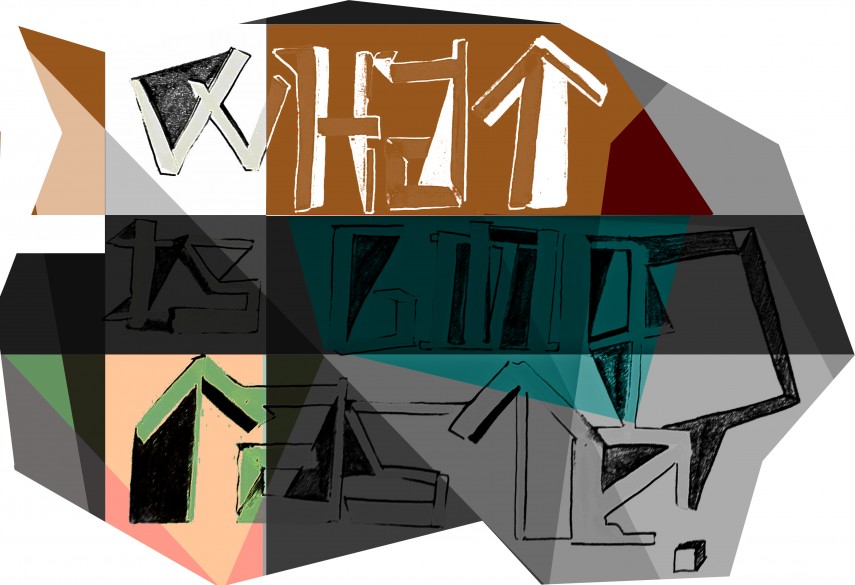What is Good Taste?

Good taste is the ability to differentiate between fads, hyperbole, and marketing noise to understand the driver of what innately makes something attractive and desirable. Critics make a career out of it, dating bachelors fake it when it comes to ordering off the wine list, but few really understand what it is or what it takes to have good taste.
Our profession is that good taste is in itself covetable as it is the pinnacle of being able to demonstrate a prodigious knowledge of a particular field. In the same way a kitchen consultant might take joy in telling you about the latest developments in extraction technology, good taste in areas such as food, fashion, living or where to holiday gives satisfaction to the beholder. Moreover, good taste is inherently social—at its heart is the sharing of a memorable experience—and therefore it is more relevant,engaging, and inclusive than the simple reiteration of a special interest or knowledge (for example, the suction capacity of a vent system) which interests and holds meaning to few.
Most often, we are influenced by our immediate peer group in making decisions that form our lifestyle: whether it’s what we wear, where we drink, where we shop or even where we live. We end up visiting a new bar or coffee shop because a co-worker or family member endorsed it or our favourite magazine flagged it as a place to try. We might even buy a pair of shoes because our boss or the good-looking person who sits three chairs away from us owns a pair from the same brand. But what if the task would come to us to come up with a recommendation? How are you supposed to offer good taste?
We’ve prepared a user’s manual that offers a solid vantage point into the complex, ever-shifting status quo of good taste. Use these five steps as an anchor to keep your head above water in sea of passing trends and overproduction. It’s crucial to not be deceived by hype, novelty factors and glossy surfaces: these five mantras will give you critical insight into what’s a passing fad and what’s here to stay.
Step one: Educate Yourself. Good taste requires that you follow a certain space and have the requisite knowledge to make an informed judgement.
Step two: Understand the difference between style and fashion. In other words, understand trends developing around you but don’t be blinded by them. Trends can highlight advances in your local environment but some trends are short-lived and others endure the test of time. Be sensitive to expiration dates. An appreciation of style, the pillars of the sector, can help inform whether changes are here to stay or not, and more importantly whether the changes should be welcomed.
Step three: Understand and appreciate fashion. Whilst you should understand the difference between style and fashion, fashion can’t be ignored. Fashion reflects innovation, influences, and sometimes even societal attitudes. In other words, it’s the forefront of good taste.
Step four: The Litmus Test. Ask yourself, what really was the experience of wearing the clothes, eating at the restaurant, or staying at the hotel? Was I deceived by a sponsored review or was it genuinely pleasurable? Did I feel special or sexy, was it fun, would I go back? If the answer is no, the next question you should ask yourself is: why is that the case? If you can’t find any good reason for exception, then it was clearly a poor choice.
Step five: Understand what matters. Is a good restaurant just about the food? 20 years ago, it would have been crazy for people to focus on and invest in restaurant design in the way they do now. Restaurants were pigeon-holed into two overarching categories: fine dining with white tablecloths, or as casual eateries. Restaurateurs now understand that ambience is as important as, if not more than, the food itself and that eating out is an experience as much it is about a nice meal. Each industry has its nuances, and your job is to stay alert to these particulars as they shift and develop through time and space.